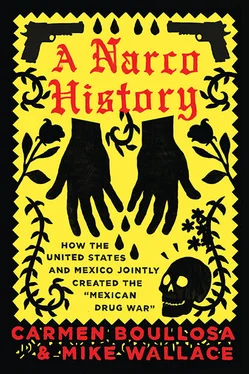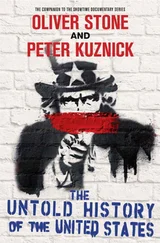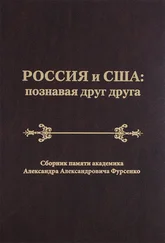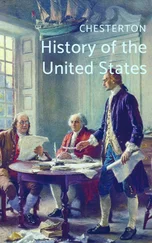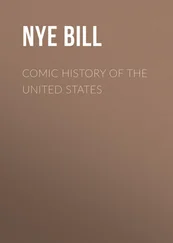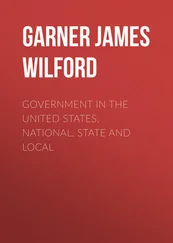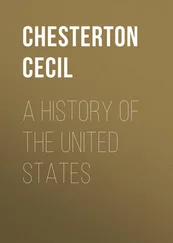Carmen Boullosa, Mike Wallace
A Narco History: How the United States and Mexico Jointly Created the "Mexican Drug War"
FOR THE DEAD, THE DISAPPEARED,
THE CHILDREN LEFT BEHIND.

INTRODUCTION. The Forty-Three
Ayotzinapa is a small village, located near the town of Tixtla, in a remote and mountainous region of Guerrero, a state in the south of Mexico. Though best known in the U.S. for its Pacific coast port city of Acapulco, a famed tourist resort since the 1950s and 1960s when stars like John Wayne, Elizabeth Taylor, Frank Sinatra, and Lana Turner flocked there, Guerrero is a poor state, and Ayotzinapa lies in one of its poorest regions.
The village is built around a teacher training school. Its construction dates to 1933, when a colonial-era hacienda was transformed into an institution that aimed to educate the isolated, low-income population of rural Mexico. It was one of a network of “normal schools” imbued with a vision of social justice rooted in the Mexican Revolution (1910–1920). These schools were tasked with educating their students in both literacy and politics: ultimately in creating students who could transform their society. Ayotzinapa’s alumni include two 1950s graduates — Lucio Cabañas and Genaro Vázquez — who became famous leaders of agrarian guerilla insurgencies during the 1960s and 1970s. The school today celebrates this tradition. Its buildings feature murals of Marx and Che and its entryway bears the inscription: “To our fallen comrades, who were not buried, but seeded, to make freedom flourish.”
Much of the radical energy of the 522 students (all male, between eighteen and twenty-four years old, many of Indian descent) goes into preserving the school itself. It has been widely believed that the authorities want to shut it down, along with the other sixteen rural teachers’ schools, despite the fact that roughly a fifth of Guerrero’s 3.4 million citizens do not know how to read or write. Students are given one peso a day (about seven U.S. cents) for their personal expenses, and the funds allotted for meals and housing are skimpy. To survive, the students grow much of their own food, raise chickens, look after dilapidated buildings, and share bare rooms containing more occupants than beds.
Periodically they head into nearby cities and towns to botear —or “pass the can”—to raise money for the school. They also hold demonstrations to push for more funding, and for the creation of more jobs for those who obtain their degree. In 2014, allotments were trending down, and the students were up in arms. “If we don’t demand things, nothing comes,” said one nineteen-year-old student. “We just get leftovers.”
Occasionally they have “borrowed”—forcibly commandeered — commercial buses from national companies. The state doesn’t provide enough vehicles, and it’s a long walk to the schools in remote hill towns where they do their practice teaching, or to the cities where they go to fundraise or demonstrate. More aggressively, they have used the buses to blockade tollbooths along the superhighway that runs from Acapulco north to Mexico City, the nation’s capital; at these temporary barriers they chant protest slogans and demand contributions from infuriated drivers. As these buses (and their drivers) have always been returned, the authorities, to the annoyance of the companies, have basically tolerated the practice.
On Friday afternoon, September 26, 2014, at the end of the second week of classes, roughly a hundred students — almost all freshmen — went on an expedition. Details of the trip’s purpose, its progress, and even its horrific outcome are still unclear, which is amazing considering the national, indeed global attention that has been riveted on it. Nearly every aspect of what happened that day is contested — partly due to the usual Rashomon effect of contradictory witness accounts, partly due to incompetence, corruption, and lies. There is no universally accepted account of what happened to those students during that day — particularly to forty-three of them. The following Introduction draws on the findings of many independent journalists (among them surveys by John Gibler and Esteban Illades), the recollections of student participants, the confessions of alleged perpetrators, and the evidence and analysis presented by official investigative bodies. It is “a” history” —not “the” history — of that 48 hour period, and, as we will see, has been subject to challenge.



On September 20, 2014, at a conclave attended by students from the network of normal schools, it had been agreed that on Thursday, October 2, students from various institutions would assemble at Ayotzinapa and from there travel together up to Mexico City, 240 driving miles to the north. There they would attend a demonstration held each year to commemorate the students massacred during a demonstration in 1968. The convoy would need approximately twenty-five buses, and the Ayotzinapans promised to “borrow” them all. On September 22, a group of students drove down from the hills and headed west on a valley road for about ten miles, to Chilpancingo, the capital city of Guerrero, which sits on the Acapulco — Mexico City highway. There they took possession of two more buses. But on a return visit the following day they were repulsed by federal police. On September 25 they headed to a less well-defended locale, and returned with two more. But this left them far short of their goal, and they decided to dispatch a much bigger contingent the following day.
The task was turned over to roughly a hundred freshmen, who had only been at the school for two weeks, barely enough time to get their hair cropped (an initiation ritual). The short-haired task force would be commanded by eight seasoned second- and third-year veterans of former bus-fishing campaigns. The students headed north in two buses toward the city of Iguala (population 118,000). Before arriving, the leadership, headed by Bernardo “El Cochiloco” Flores, decided to split up. One bus swung right onto a road heading east toward the town of Huitzuco (population twenty thousand) and parked at a roadside restaurant, a likely pit-stop for buses heading toward Iguala. The other continued north, halting short of the city at a highway toll booth, where the Ayotzinapans succeeded in snaring an Iguala-bound passenger bus. Coming to terms with the operator, ten students boarded this third vehicle, and headed on to a bus terminal in the city center, arriving around 8:00 p.m.
There the youths encountered two unpleasant surprises. First, after the passengers had disembarked, the bus driver went off to apprise the bus company, saying he’d be right back, but he didn’t return, and the students discovered he’d locked them in. The inexperienced youths, panicky, called El Cochiloco in his bus outside the city, who immediately headed to their assistance. In the meantime the students had broken the windows and exited. The second surprise was that municipal policemen had arrived and were heading toward them with guns drawn and cocked. At just this moment, the first fifty reinforcements arrived; minutes later another thirty brought them to their full and formidable complement of ninety or so, armed with rocks grabbed on the way. The police decided to retire. But something unusual was clearly afoot. There was a long history of bad blood between the Iguala police and the radical students, but gunplay, though not unheard of, was not customary. What the students didn’t know (though there are conflicting opinions as to who knew what, when) was that the police were on hyper-alert because there was a massive public event underway a few blocks from the station, being run by Iguala Mayor José Luis Abarca and his wife María de los Ángeles Pineda Villa.
Читать дальше
